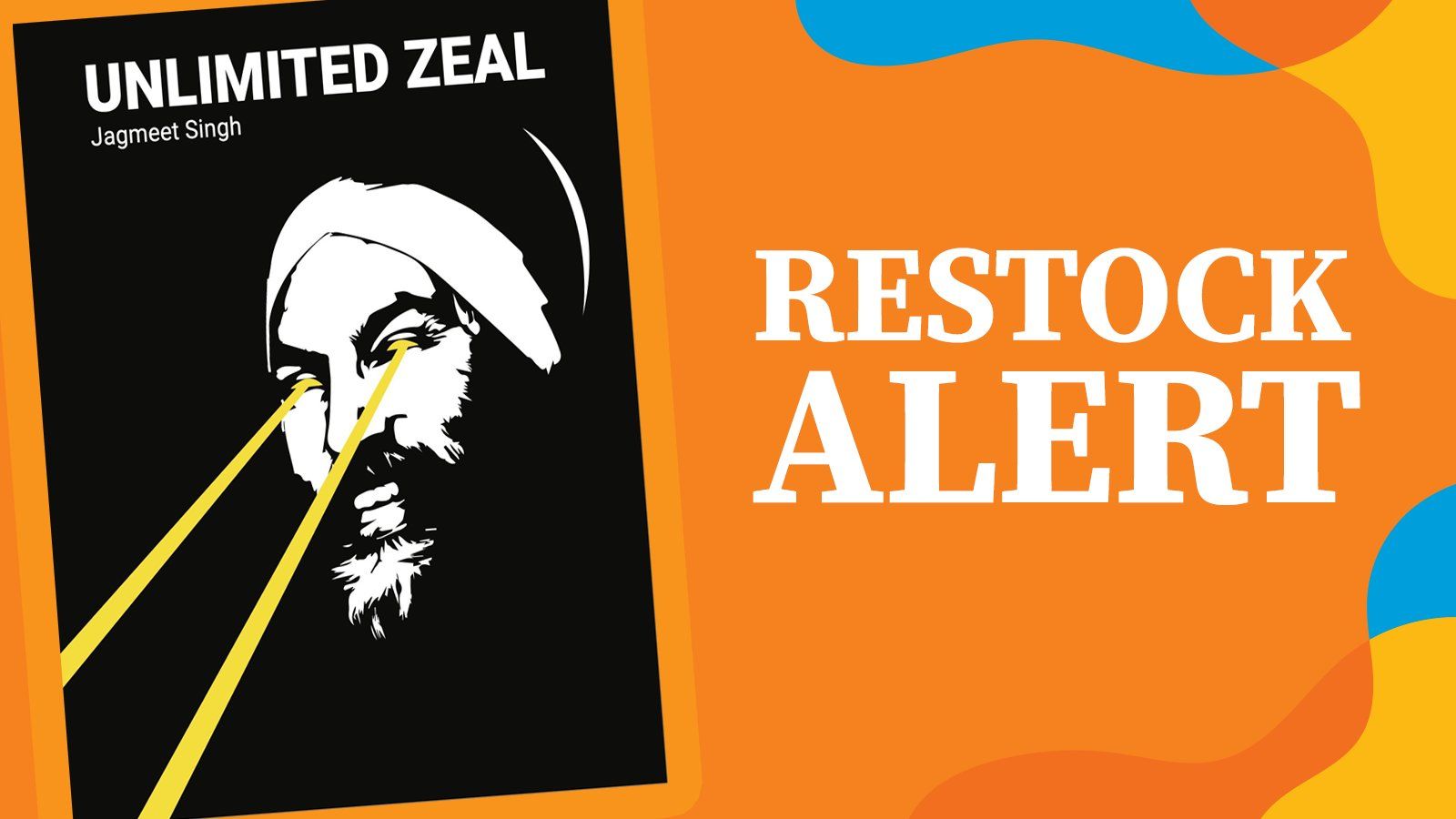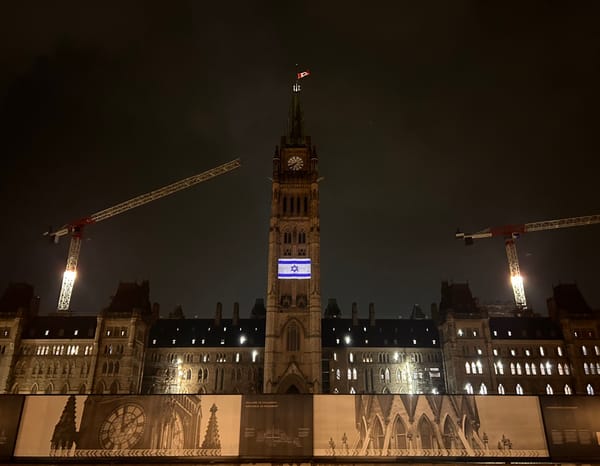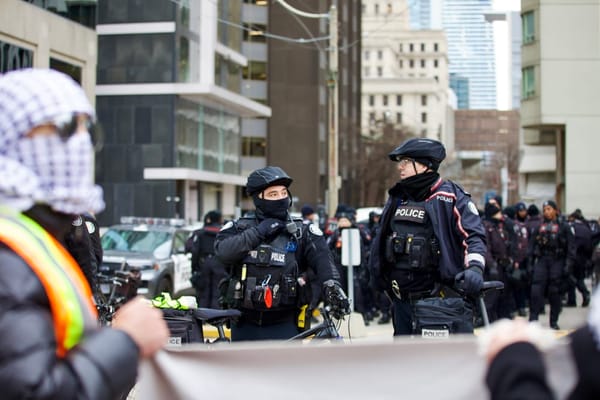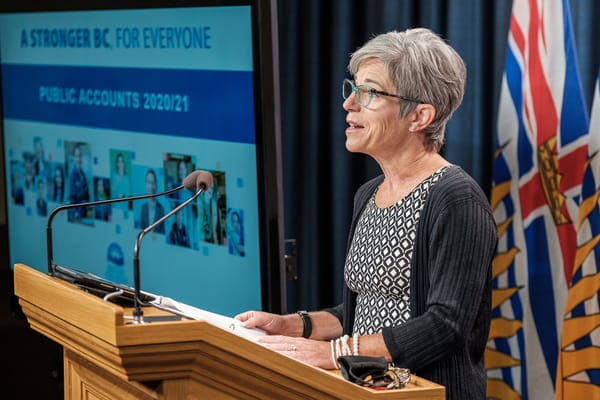It must get pretty boring to work in the NDP’s central cortex
Election after election, it seems that the party’s campaigns try their darndest, are stymied by a last-minute push by Liberals to convince Canadians to vote strategically, and then always come up short.
That is, of course, unless there’s a seismic shift in political culture, like there was in 2011 after six years of Stephen Harper as prime minister, and the party can coast on the support of Quebecers voting strategically against the Conservatives en masse.
The NDP never learned the lessons from that election, though, and the surprise 2011 Orange Wave crashed on the shores and went right back out to sea, as waves do. Rather than regrouping, the NDP doubled down on its longstanding strategy: offer Canadians a slightly more progressive alternative to the Liberals, and try to turn the leader into a celebrity.
In Jagmeet Singh, the NDP has a leader where the party can genuinely argue this strategy might work (although it won’t.) Singh is comfortable and charismatic. His authenticity bleeds through his managed appearances. He’s popular.
But popularity has never been enough. As Jack Layton in 2011, Rachel Notley in 2015 and Andrea Horwath in 2018 demonstrate, context is key. When waiting for the exact right context to arise, a party has two options: hiding under some coats or organizing to win elections regardless.
The NDP has been steadfast in its hiding under coats strategy — it’s far more stagnant and stationary than any other party in Canada, and it’s costing them confidence and votes.
The NDP can never seem to get ahead because the current group of people who control the NDP don’t seem interested in loosening their reins on leadership. The same individuals cycle in and out of elections, running things more or less the same.
Horwath, for example, is running to be Ontario premier again (her fourth attempt) and will use Michael Balagus as campaign director once more.
In an October 12 TVO article, Steve Paikin wrote, “The NDP is hoping for a breakthrough in 2022, based on Horwath’s being ‘a pillar,’ Balagus said, adding, ‘The people want hope, and we have a leader who instills confidence.’” If that sounds familiar, it’s because it is: turning the leader into “a pillar” as the key campaign strategy has been the NDP’s standard operating procedure since the mid-2000s.
Balagus is such a deep party insider that he may as well be living inside the official NDP mine. He worked for Audrey McLaughlin, who was NDP leader from 1989 to 1995. He was also the chief of staff to Manitoba premiers Greg Selinger and Gary Doer. The party credits him as “the architect of the Ontario NDP’s historic breakthrough” in 2018, as if Balagus had a hand in that year’s collapse of the Liberals, which did more for the party’s success than any electoral strategy. (It also ignores that Bob Rae was elected as the province’s first NDP premier in 1990.)
After the 2018 election, Balagus became chief of staff for Horwath, and then interim chief of staff for Singh for a couple of weeks that October, after which he went back to work for the ONDP.
While in Ottawa, Balagus was replaced by Jennifer Howard, Singh’s current chief of staff. Howard, like Balagus, comes from Manitoba, where she was a cabinet minister. Howard oversaw Singh’s first federal by-election campaign in 2018, and then became the campaign manager of the 2019 election, alongside Balagus.
As Nick Taylor-Vaisey wrote in a 2019 Maclean’s article, “They worked closely together over most of the Doer and Selinger years. [NDP insider Kathleen Monk] says their partnership bodes well. ‘What gives me hope about this campaign is the fact that Balagus and Howard have worked together over a number of years, know each other’s style, can support and challenge one another.’”
The 2019 election ended up not being exactly the victory many in the NDP had hoped for, but it wasn’t a disaster either.
This year’s election marked another campaign run by the same insiders: Howard was the campaign director, along with Anne McGrath, who is currently the party’s national director. When Notley was elected in Alberta, McGrath relocated to be her deputy chief of staff. Before that, McGrath was the chief of staff for three federal NDP leaders: Tom Mulcair, interim leader Nycole Turmel and Layton.
There are others too — people I know personally — that have been around these campaigns. It’s no wonder there’s a conflict between the image portrayed by Singh as a fresh voice, and the reality of the party insiders around him having all been with the NDP for years, trying the same strategies and hoping for new results.
It isn’t like this for the Liberals or the Conservatives. Both parties rely on different leadership for their campaigns to give them each a unique feel. Sure, there are insiders, but by simply changing up the main players, both parties create campaigns that don’t feel like the exact same thing, year over year.
The Liberals’ 2021 campaign director was Azam Ishmael, a political staffer who has moved through provincial roles and been the party’s national director since 2017, but who had never before directed a national campaign. He also coordinated election day vote mobilization for Trudeau in 2015. Navdeep Bains and Mélanie Joly co-chaired this year’s national campaign, and Mona Fortier and Terry Duguid co-chaired the national platform committee.
For the Conservatives, Frank DeLorey was the campaign chair. He oversaw Erin O’Toole’s 2020 leadership bid. Others from that bid filled out the rest of the team, including Dan Robertson as chief strategist and Dan Mader as director of scripting and policy. None of the team was the same as 2019, where the campaign was directed by Hamish Marshall, the man who led Andrew Scheer’s leadership campaign.
And in Ontario, Doug Ford’s campaign manager is Kory Teneycke, his previous campaign manager in 2018, and Harper’s former communications director. The Ontario Liberals don’t seem to have yet appointed their campaign leadership.
Of course, party insiders will dominate these positions. That’s how parties ensure that their campaigns don’t deviate too far away from their own status quo. But the NDP is an outlier among the federal parties in how much it relies on so few people, and the result of this strategy is obvious. It’s the answer to the perennial question, “Why can’t the NDP win?”
Until the party brass drop the hostility to outside organizers, it will continue like this. Intense, centralized control of a party that operates within a national, federated structure will always be a recipe for failure.








Member discussion